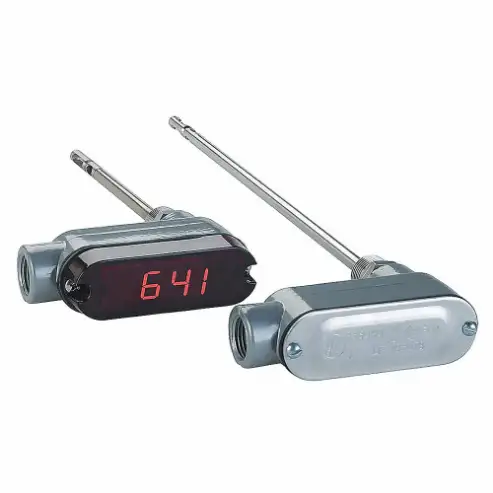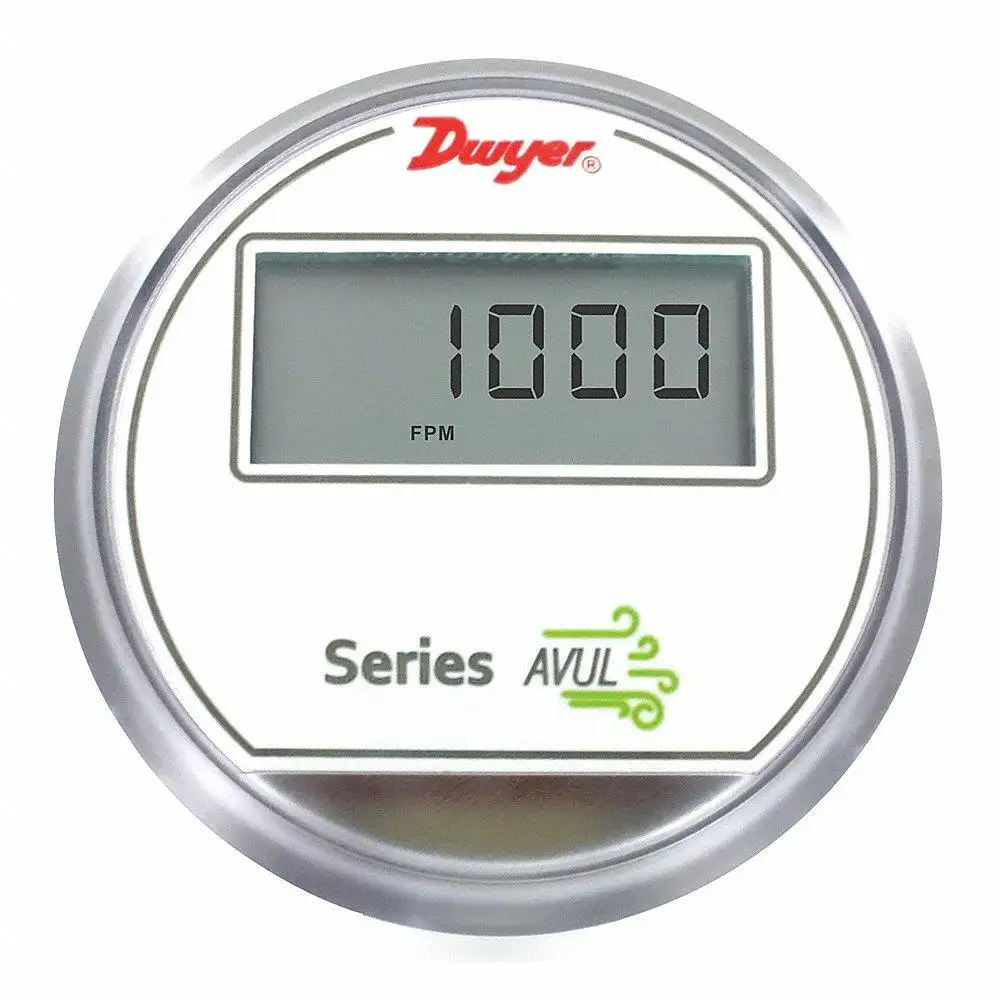Frequently Asked Questions
How to maintain air velocity transmitters?
- Regularly clean the air velocity transmitter and sensor to remove dust and debris.
- Calibrate the transmitter periodically to ensure accurate measurements.
- Inspect and replace any damaged or worn-out components.
- Ensure proper power supply and electrical connections.
- Protect the transmitter from extreme temperatures and environmental conditions.
How does a digital filter in an air velocity transmitter smooth out fluctuations in the measured velocity?
Digital filter can smooth out fluctuations in the measured velocity by attenuating rapid changes or variations in the sensor signal. By adjusting the filter parameters, such as the cut-off frequency or time constant, the filter can provide a controlled response to changes in the velocity signal. This smoothing effect helps to eliminate high-frequency noise or short-term fluctuations, resulting in a more stable and consistent velocity measurement over time.
Why is noise reduction important in an air velocity transmitter?
Noise reduction is crucial in an air velocity transmitter because it helps improve the accuracy of the measured velocity data. Air velocity measurements can be affected by various sources of noise, such as electrical interference or random fluctuations in the sensor signal. By applying digital filters to reduce noise, the transmitter can provide a cleaner and more reliable output, enabling better decision-making and control in applications that rely on accurate velocity information.
Does Dwyer offer air velocity transmitters that allow adjustable transmitting range?
Yes, Dwyer 641 Series air velocity transmitters allow users the flexibility of choosing from 8 different ranges, ranging from 250 feet per minute (FPM) to 15000 FPM, with corresponding metric range of 1.25 meters per second (MPS) to 75 MPS.
How to detect air velocity in hard-to-reach areas?
You can use Dwyer air velocity transmitters. They have six-foot-long cables that assist users in detecting air velocities in confined spaces or hard-to-reach areas.
What factors can affect the accuracy of air velocity transmitters and how can users ensure accurate readings?
- Regular calibration according to manufacturer guidelines is crucial for maintaining accuracy.
- Sensor positioning within the airflow path is critical. Improper placement, such as near bends or obstructions, can result in turbulence and inaccurate readings.
- Temperature, humidity and barometric pressure variations can affect air density, impacting measurement accuracy. Ensure the transmitter is calibrated for these conditions.
- Different sensor types have varying accuracies and response times. Choose a sensor type that suits the specific application and accuracy requirements.
- Consider the flow profile and select the appropriate number and placement of sensors.
 £ GBPChange Country
£ GBPChange Country


